luanshi specialty
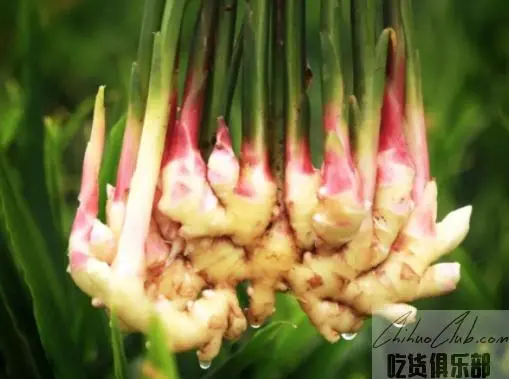
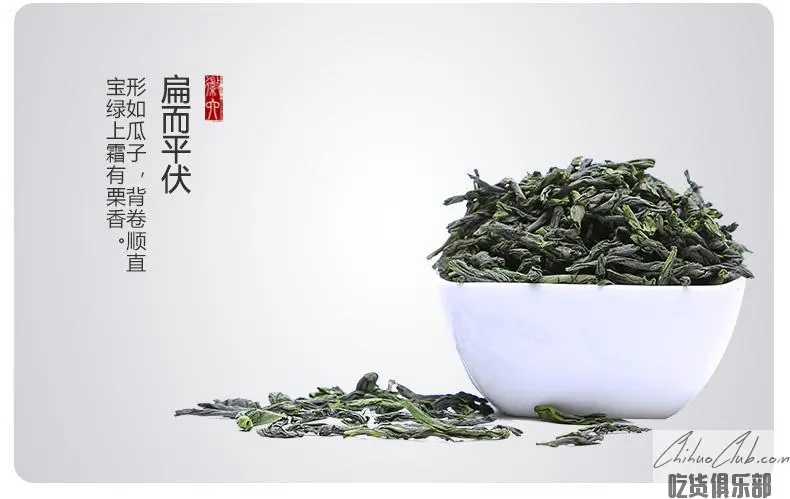
Lu'an Melon Tea is located in the western part of Anhui Province, the northern foot of Dabie Mountain and the east edge. The climate belongs to the transition zone from the northern subtropical to the warm temperate zone. The main producing area is located in the hinterland of Dabie Mountain. The tea gardens are mostly distributed in the range of 300-800 meters above sea level. The vegetation here is rich, the smoke is lingering, the layers are stacked, and the mountains are beautiful.
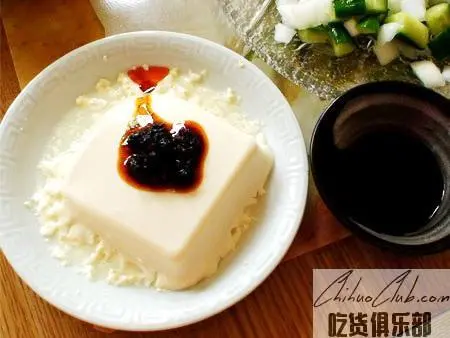
Bagongshan tofu is crystal-clear, white and delicate, angular and distinct, not scattered and not broken, fresh and smooth, fresh and delicious. The salad is smooth and refreshing, fried and cooked, and has been a tribute in history. It is now regarded as a good product by Japan, South Korea, Taiwan and other countries and regions. There are three main points: 1 is the delicate and smooth taste, rich in nutrition; the second is fine like gelatin, white as jade, fresh and tender; the third is to shake in the hands without collapse, throw it in the soup for a long time Not shattered. In particular, it is used to burn soup with "three musts": hot soup on the basin, tofu tablets floating soup, commonly known as "bleeding soup"; soup is milky white, commonly known as "milk soup"; soup fresh as fish soup, commonly known as "fresh soup" . With Bagongshan tofu and its series of products, together with other foods and seasonings, it can be made into hundreds of dishes with different flavors. Nowadays, “Tofu Banquet” has become a unique banquet in Huainan and Shouxian, and is well-known at home and abroad.
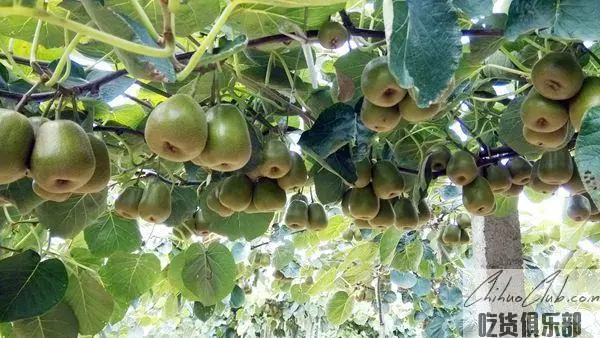
Jinzhai kiwifruit has a long history. According to the "Jinzhai County", Jinzhai wild kiwifruit has a history of more than 3,000 years and has been cultivated for more than 30 years. In order to turn the resource advantage into an economic advantage, in 1980, the Jinzhai County Agriculture Bureau invited the experts of the Provincial Academy of Agricultural Sciences to take the Jinzhai wild kiwifruit as the rootstock and collect the scion from the healthy mother branch of the pure kiwifruit without quarantine pests and diseases. It has cultivated Jinzhai kiwifruit with rich nutrition, refreshing taste and unique quality.
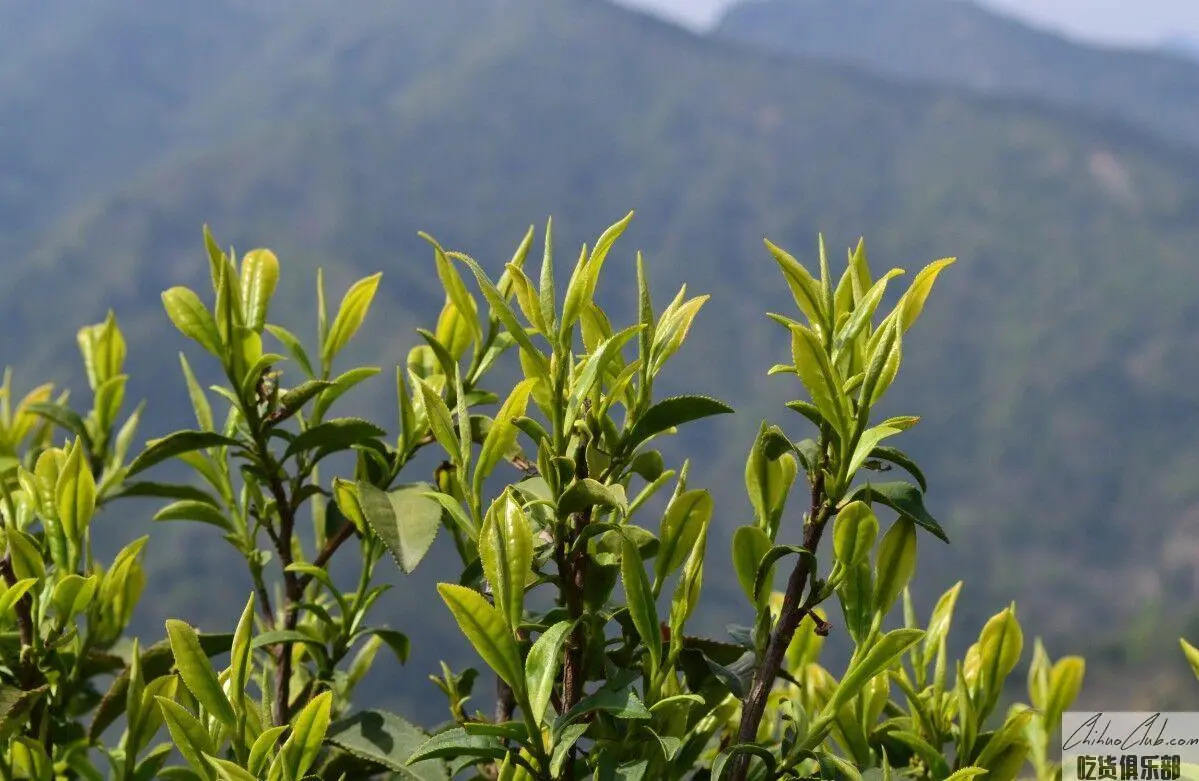
Huoshan Yellow Bud is produced in Huoshan County, Anhui Province, and is one of the famous Chinese teas. The shape of the tea is straight and delicate, and it is evenly shaped, shaped like a tongue, green and fragrant. The fragrance is long-lasting, the taste is fresh and mellow, the soup is yellow and green, and the leaves are bright and bright. In the Tang Dynasty, Li Wei’s "National History Supplement" listed Huang Bu as one of the 14 tribute teas. From Tang to Qing, Huoshan Huangya has been listed as tribute tea for generations.
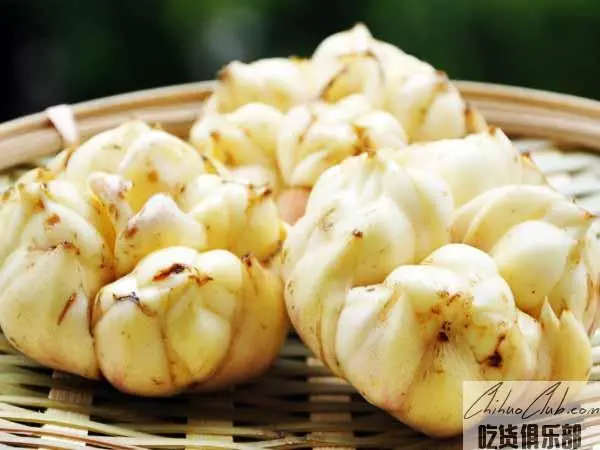
Manshuihe Town, Huoshan County, Anhui Province is located in the deep mountainous area of the Dabie Mountains, and is known as the “Hometown of Lilies”. With its unique cultivation environment, Manshui River Lily has become a fine product of its kind. In 2005, it was approved by the Provincial Agricultural Committee as a green food. It has become a wonderful flower in the Dabie Mountains. Its products are white, tender and large. Pure, non-polluting, rich in protein, starch, pectin, vitamins and trace alkaloids. It has the effects of moistening the lungs and relieving cough, clearing away heat and calming the nerves, and has an auxiliary effect on cough and hemoptysis, chronic bronchitis, neurasthenia, restless sleep and other symptoms. It is a good food for cleansing and health care.
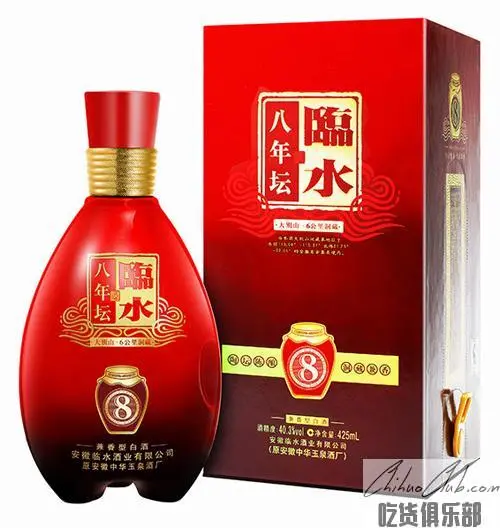
Linshui wine is a traditional Han wine. It is produced in Huoqiu Linshui Ancient Town, which is known as the Millennium Wine Country. The winemaking in Linshui area began in Tang, Xian Yuming and Xing Yuqing, and has been famous since then. During the Tang Dynasty, there were dozens of wineries and more than 1,000 residents in Linshui. The name "Lin Shui Yuquan" has a beautiful legend. According to legend, Zhu Yuanzhang of the Ming Dynasty ancestors wandered Huaixi in a small time, releasing cattle for people. A heatstroke dying wilderness was rescued by a villager named Yu Jie. Later, Zhu Yuanzhang became the emperor, sent Qin to the water to find a savior, and Gu Yuyu did not know where to go, and gave Lianquan a "salvation spring." When Zhu Yuanzhang drank the source of thought, he took the words of Yujie and Lianquan, and gave the name of Linshui as “Yuquan”. In the second year of Ming Hongwu (1369), Zhu Yuanzhang was a banquet in the court, and the special water wine was a royal tribute.
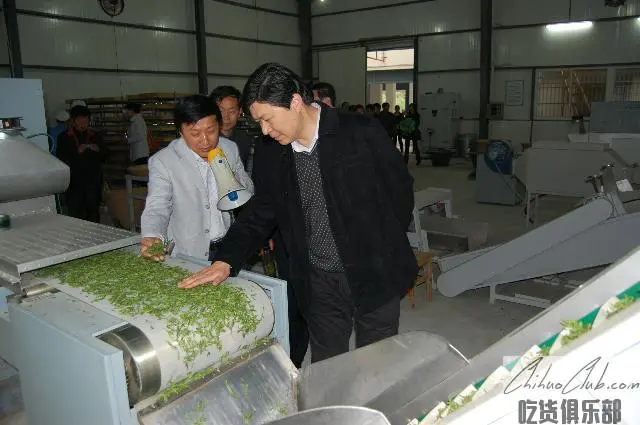
Huoshan Huangda Tea, a yellow tea, also known as Daixi Huangda Tea, has been recorded since the Ming Dynasty. Produced in Anhui Huoshan, Jinzhai, Da'an, Yuexi and other places. Ye Da, stalk length, yellow yellow soup, high-resistance, anti-foam, deodorant, deodorant, anti-radiation, refreshing, refreshing and other effects. The finished products are mainly processed through frying tea, initial baking, stacking, baking, etc., and protect agricultural products for national geographical indications.
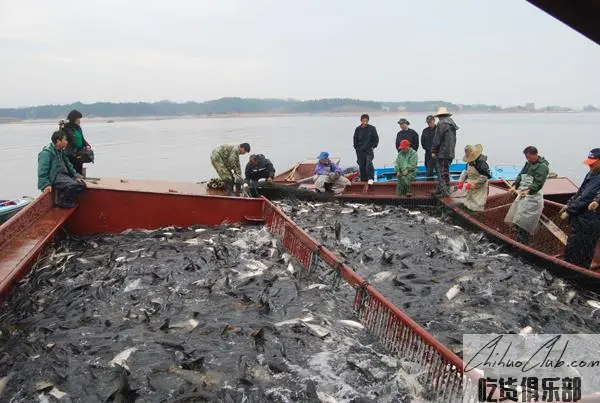
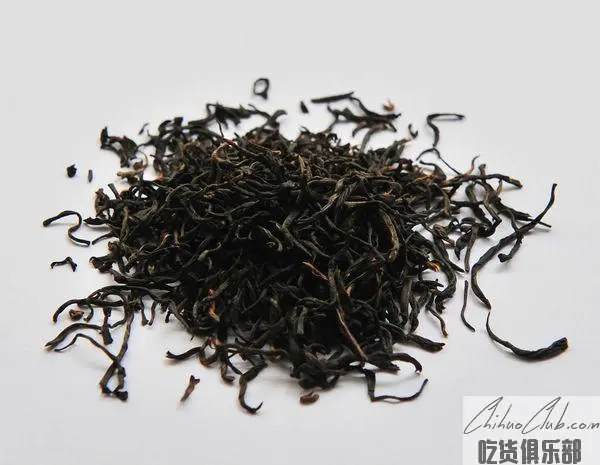
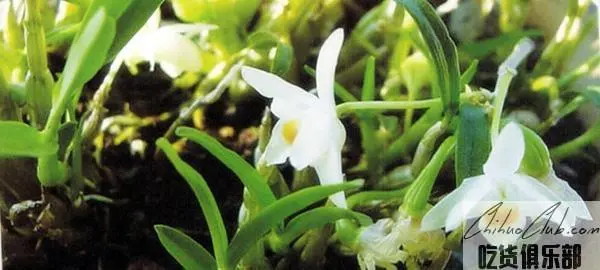
Huoshan sarcophagus, commonly known as rice bran. One of Huoshan Shijie, the earliest seen in the Qing Dynasty Zhao Xuemin, "The Herbs Steel Eyes Collection", has a history of more than 200 years. The book records: "Huo Shi out of Jianghuai Huoshan, the shape is like a small, yellow color and the shape of the song is not straight, there are players, the natives of the people to replace the tea. Huo Shiqi chewed slightly pulp, sticky teeth, taste Gan, slightly salty, and shrinking is true." The book quotes "Yi Xi's collection of prescriptions": "Changsheng Dan uses sweet stone 斛, that is, Huoshan sarcophagus." The book also quotes his brother Zhao Xueyu's "Hundred Grass Mirror" language: "Ishigaki, there is a kind of near, the shape is short, only as light, the color is green and yellow, the taste of the mouth is sweet, slightly slippery, and it is named Huoshan County of Lu'an Prefecture and Zhangzhou Prefecture, named Huoshan Shijie.
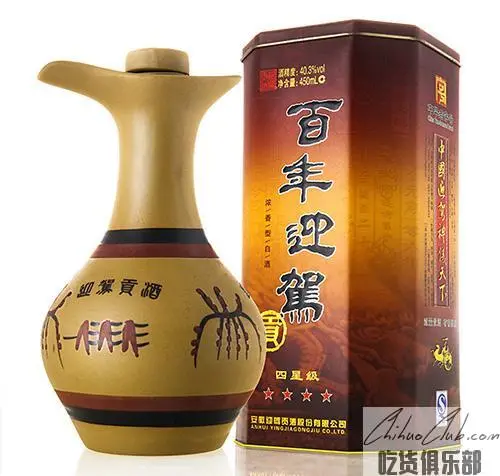
“Welcome to the wine” is produced in the Dabie Mountain area of Anhui Province. Due to the unique natural environment and profound cultural heritage, it has created a unique wine style of “Welcome to the Wine”. The product adopts Dabie Mountain ecological water, combined with high-quality Wuliang raw materials (sorghum, rice, glutinous rice, wheat, corn), which is formed by the traditional brewing process. The whole wine quality is presented as “muscle and elegant, with thick sauce and sweetness”. The representative quality characteristics of “sweet mouth and various flavors” are also the key to distinguishing other liquors from “welcoming wines”.
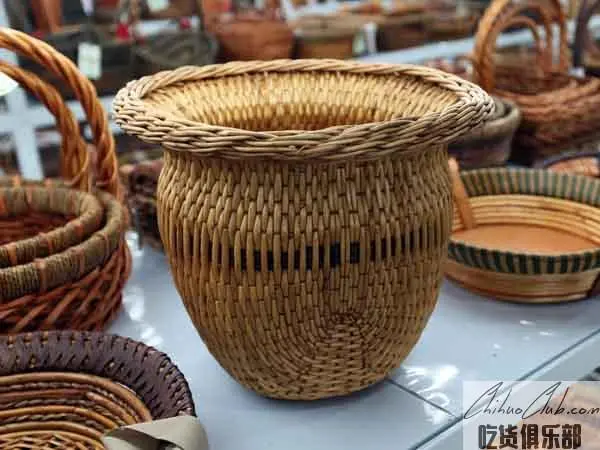
Huoqiu Liubian is a traditional Han traditional handicraft of Huoqiu County in Anhui Province. It has a long history and originated in the Zhou Dynasty. It was originally in the Ming Dynasty and revived in the Qing Dynasty. The variety of the wicker is developed from dozens of household daily utensils of traditional crafts to fine knitting, fine knitting, translucent knitting, color matching, dyeing, mixed knitting (willow mixed, willow mixed, willow mixed, willow mixed) Dozens of weaving techniques. Years of renovation and creation, more than 2,000 kinds of samples, not only inherit the traditional handicrafts, but also carry forward, forming a unique new technology of Liubian. Huoqiu Liubian was approved as a national geographical indication product, and its traditional crafts were included in the third batch of national intangible cultural heritage.
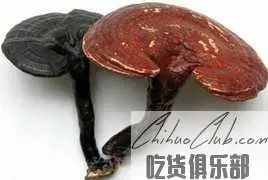
Huoshan Ganoderma lucidum, a bitter, bitter, raw valley. It can treat diseases caused by blood stasis and chest, and is beneficial to heart function, which can increase intelligence and memory. And not forgetful. Long-term food can be light and not aging and prolong life. Generally speaking, Ganoderma lucidum is a representative species of this kind. The main feature is that the mushroom is kidney-shaped, semi-circular or nearly round, the surface is reddish-brown, and has a lacquer-like luster. The stipe is the same color or deep as the umbrella.
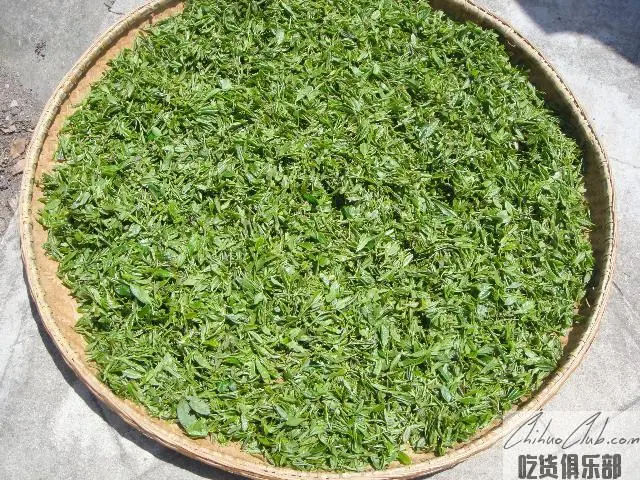
Shucheng Small Orchid is a green tea with typical quality characteristics of “Sanlan” with orchid shape, blue grass color and orchid fragrance. The production area is the administrative area of Shucheng County, Anhui Province, which was created in the late Ming and early Qing dynasties. Shucheng small orchid, the shape of the buds are connected to the bluegrass, the strips are in the shape of a hook, the color is green and smooth, and the front is revealed; after the brewing, the orchid is open, the branches are in the upright cup, and there is a unique orchid fragrance, commonly known as "There is a fragrant smell on the hot air"; the tea soup is fresh and long-lasting, the taste is sweet, the soup is tender and green, and the bottom of the leaves is evenly shaped into a yellowish green.